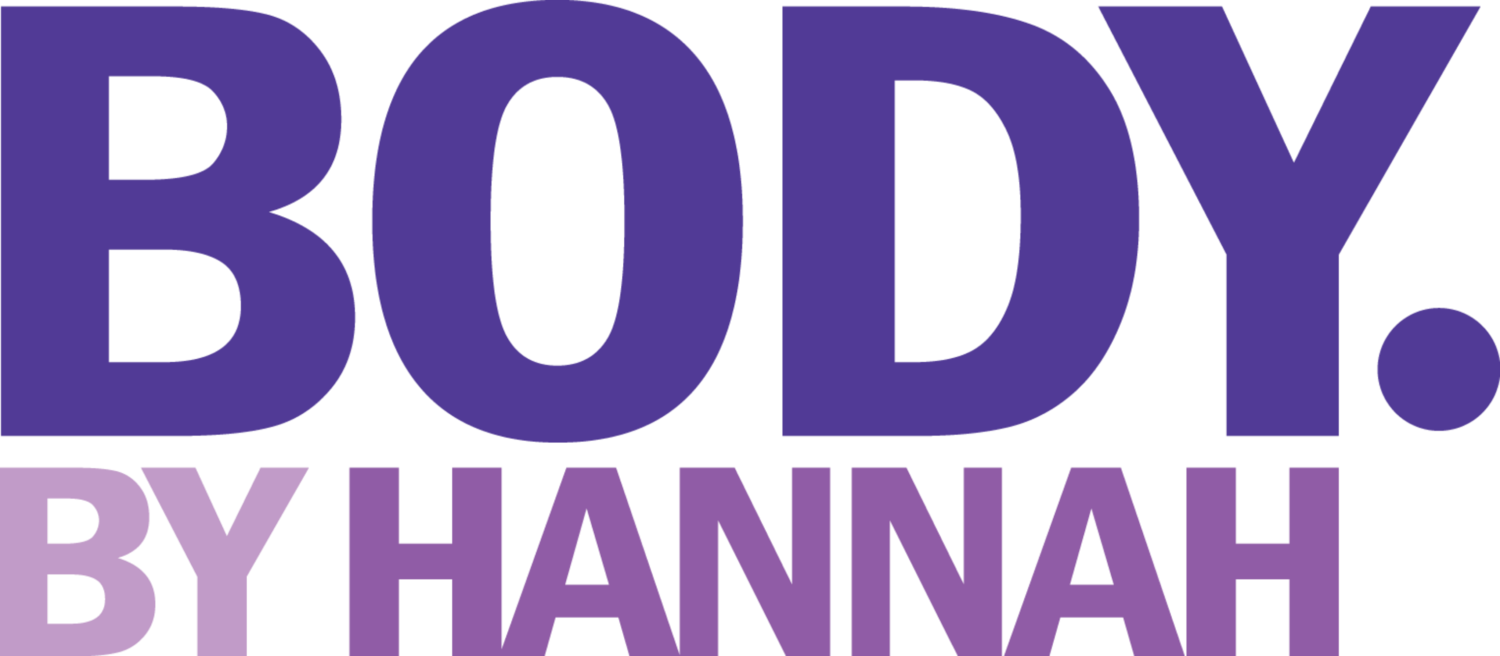Spring has sprung! It's time to put away the winter coats, break out the shorts, and embrace the warmer weather. It's also the perfect time for a little spring cleaning, not just for your home but also for your health and wellness routine.
Why do we tend to over complicate our health & wellness? We often think we need to change alllll of the things, all at once, in order to improve our wellness and reach our goals. Who can relate?!
Making big changes to your routine can be overwhelming, so instead, let's focus on incorporating small, sustainable changes that will have a big impact. Here are three simple tips to help you clean up your health and wellness routine this spring.
1. Prioritize Sleep
Sleep is one of the most important things we can do for our health, yet it's often the first thing we sacrifice when life gets busy. However, getting enough sleep is crucial for our physical and mental health, and it's essential for our overall well-being.
Start by setting a consistent bedtime and wake-up time. Try to stick to this schedule as much as possible, even on weekends. Create a relaxing bedtime routine that includes turning off electronic devices and winding down with a book or meditation. Make your bedroom a peaceful and comfortable space that is conducive to sleep. Try taking a magnesium supplement before bed (one of our favorites is CALM powder, honey & chamomile flavor!), or a relaxing tea.
2. Take Morning & Evening Walks. Who out there DOESN’T need a mood booster?!
It sounds simple, but there's no better way to embrace the beauty of spring & fresh beginnings than by taking a walk. Whether it's a quick stroll around the block or a longer hike in nature, walking is an excellent way to improve your physical and mental health.
Morning walks, aka sunlight!
Getting sunlight (even if it’s cloudy!) first thing in the morning helps set our day up for success. It helps regulate the circadian rhythm by resetting the biological clock. Exposure to natural light in the morning helps to suppress the release of the sleep hormone melatonin, which helps to promote wakefulness during the day. This, in turn, helps to improve sleep quality at night and promote overall health and well-being. Moreover, sunlight exposure has been linked to the production of vitamin D, which is essential for healthy bones, muscles, and immune system function.
Post dinner walk:
A post dinner walk can be helpful for several reasons. Here are just a few!
-Aid digestion: Walking after a meal can help aid digestion by stimulating the digestive system and increasing blood flow to the stomach and intestines. This can help improve the absorption and assimilation of nutrients from the food.
-Regulate blood sugar: Walking after a meal has been shown to help regulate blood sugar levels
-Promote physical activity: Great for overall health and weight management.
-Reduce stress: Walking has been shown to have a calming effect on the mind and body, which can help reduce stress levels and promote relaxation after a long day.
3. Hydrate, Hydrate, Hydrate
Drinking enough water is essential for our bodies to function properly. It helps regulate body temperature, aids in digestion, and keeps our skin looking healthy and glowing.
Try to drink at least half your body weight in ounces each day. Carry a refillable water bottle with you wherever you go, so you always have access to water. Set a bottle in each room of your home if that helps remind you. If you struggle to drink plain water, try infusing it with fruit or adding a splash of lemon or lime juice (and pinch of sea salt for extra hydration!)
Eat your water! Remember, often times it is just as important to eat our water. Think fruits & vegetables high in water content (cucumbers, melons, celery, etc). They help our bodies absorb water in its natural form, closest to found in nature. Get your GLOW on!
At the end of the day…
Remember, making small, sustainable changes is the key to improving your health and wellness. By prioritizing sleep, taking morning and evening walks, and staying hydrated, you can start cleaning up your routine this spring and feel your best all year round!
Cheers & Happy Spring Cleaning!



